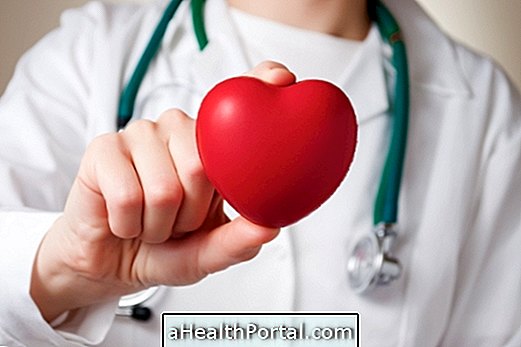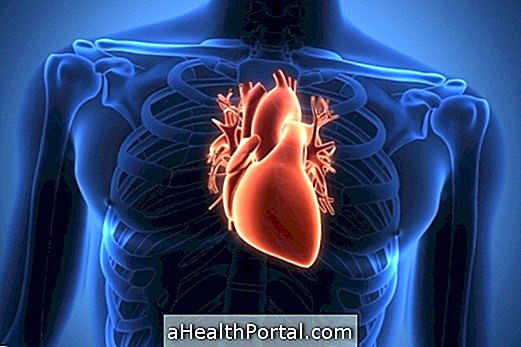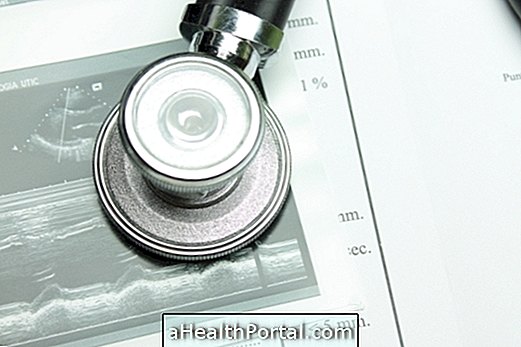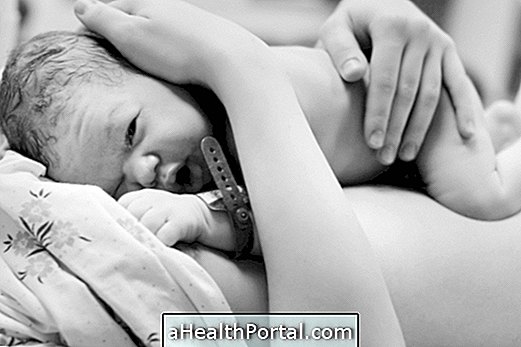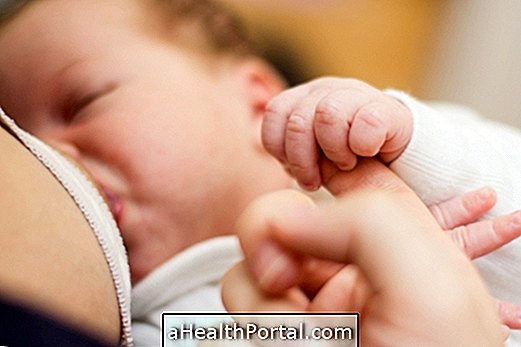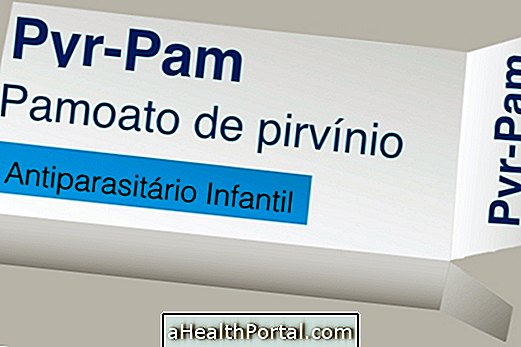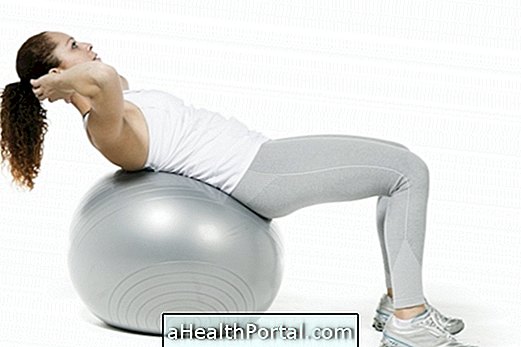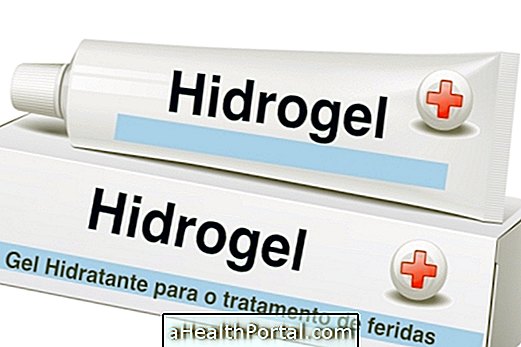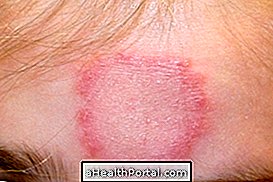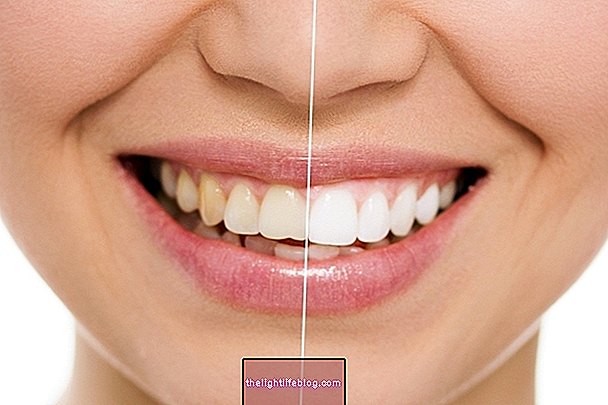Cardiac arrest occurs when the heart stops beating suddenly or starts beating very slowly and insufficiently due to heart disease, respiratory failure or electric shock, for example.
Before cardiac arrest the person may feel strong chest pain, shortness of breath, pain or tingling in the left arm and strong palpitations, for example. Cardiac arrest represents an emergency and can lead to death within minutes if left untreated.
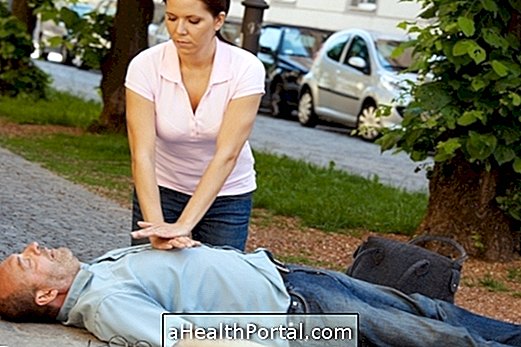
Causes of Cardiac Arrest
In cardiac arrest the heart stop suddenly, which interferes with the transport of blood to the brain and other parts of the body, which can be fatal. Cardiac arrest can happen due to:
- Electric shock;
- Hypovolemic shock;
- Poisoning;
- Heart disease (infarction, arrhythmia, dissection of the aorta, cardiac tamponade, heart failure);
- Stroke;
- Respiratory insufficiency;
- Drowning.
Cardiac arrest is more common in people with heart problems, chronic lung disease, smokers, diabetics, obese people, high cholesterol, high triglycerides, or in people with unhealthy eating habits and poor diet.
Thus, it is important to periodically go to the cardiologist to check the health of the heart and initiate some treatment if necessary. Learn more about what can cause cardiac arrest.
Symptoms of cardiac arrest
Before the person has a cardiac arrest, he may feel:
- Severe pain in the chest, abdomen and back;
- Severe headache;
- Shortness of breath or difficulty in breathing;
- Roll the tongue, presenting difficulty in speaking;
- Pain or tingling in the left arm;
- Severe palpitations.
Cardiac arrest may be suspected when the person is found to be unconscious, does not respond when called, does not breathe, and does not have a pulse.

How is the treatment done?
The initial treatment for cardiac arrest is to make the heart beat again as fast as possible, which can be done by means of cardiac massage or by means of a defibrillator, which is a device that emits electric waves to the heart in order to do to re-start. See what is and how to use the defibrillator.
When the heart beats again, it is necessary to have tests that show what caused the cardiac arrest so that it can be treated and avoided again cardiac arrest. In some cases, the implantation of a pacemaker or even an implantable cardioverter-defibrillator (ICD) may be necessary, small devices that decrease or reverse cardiac arrest. Learn more about pacemaker placement.
To decrease the chance of suffering cardiac arrest, it is necessary that the person regularly take the medicines to the heart, have a healthy lifestyle and avoid stress.
First aid in case of cardiac arrest
To identify cardiac arrest it is necessary for a person to verify that the person is breathing, call the victim to see if he responds and verify that the heart is beating by placing a hand on the person's neck.
Once cardiac arrest is identified, it is important to call an ambulance by dialing 192 or 193. Next, cardiac massage should be started as soon as possible to make the heart beat again, and should be done as follows way:
- Lay the victim on the belly floor up;
- Position the victim's chin higher to facilitate breathing;
- Open the mouth of the victim, to facilitate the entrance of air;
- Position your hands over the victim's heart and push your hands hard and quickly over the heart at the speed of over 100 jerks for 2 minutes.
Every 2 minutes, it is necessary to observe if the person breathes or responds, and if this does not happen, the massages must continue until the arrival of the aid. Here's the step-by-step guide on how to do cardiac massage by watching the video:


